aespa – a 4th generation K-pop girl group under SM Entertainment – quickly established its position in the entertainment industry with a unique concept, eye-catching visuals, and impressive music. However, alongside their success, the group has also been embroiled in numerous controversies. From plagiarism allegations and debates over their style to underwhelming performances, aespa frequently finds itself at the center of online discussions. Is this the price of innovation, or do these controversies reveal the group’s limitations?
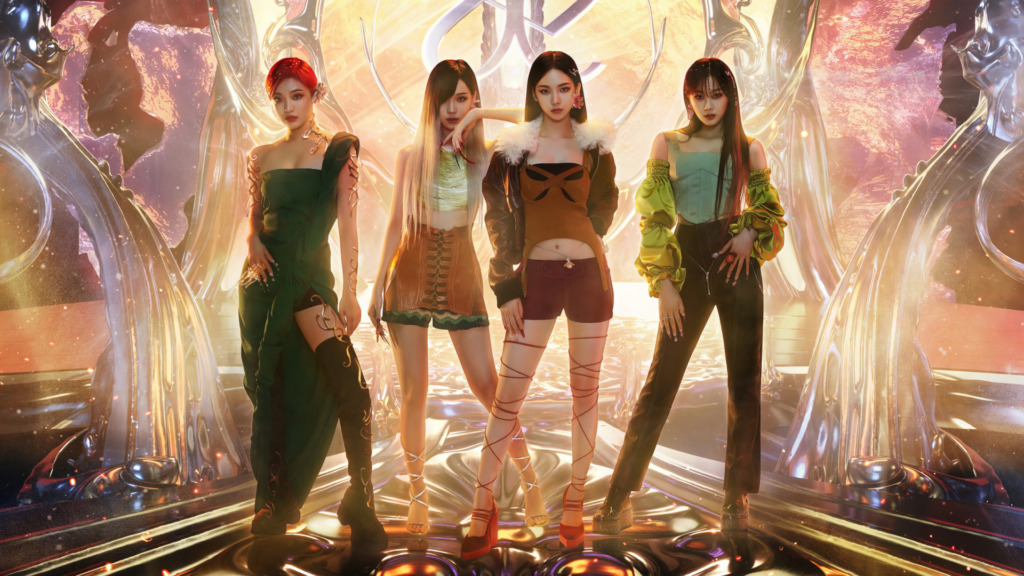
When the Concept Sparks More Controversy Than Creativity
aespa debuted in 2020 with Black Mamba, marking the group’s entry into the SMCU (SM Culture Universe). With a cyberpunk-inspired aesthetic, combined with virtual worlds and AI characters, aespa’s concept immediately attracted attention. But with that came their first wave of controversies.
aespa vs. K/DA: The Thin Line Between Influence and Plagiarism?
Right after Black Mamba was released, many noticed striking similarities between its music video and Pop/Stars by K/DA – Riot Games’ virtual pop group. From the neon color palette and the giant snake imagery to character design elements, these similarities led both K-pop fans and gamers to question: Did SM Entertainment take inspiration from K/DA without proper acknowledgment?
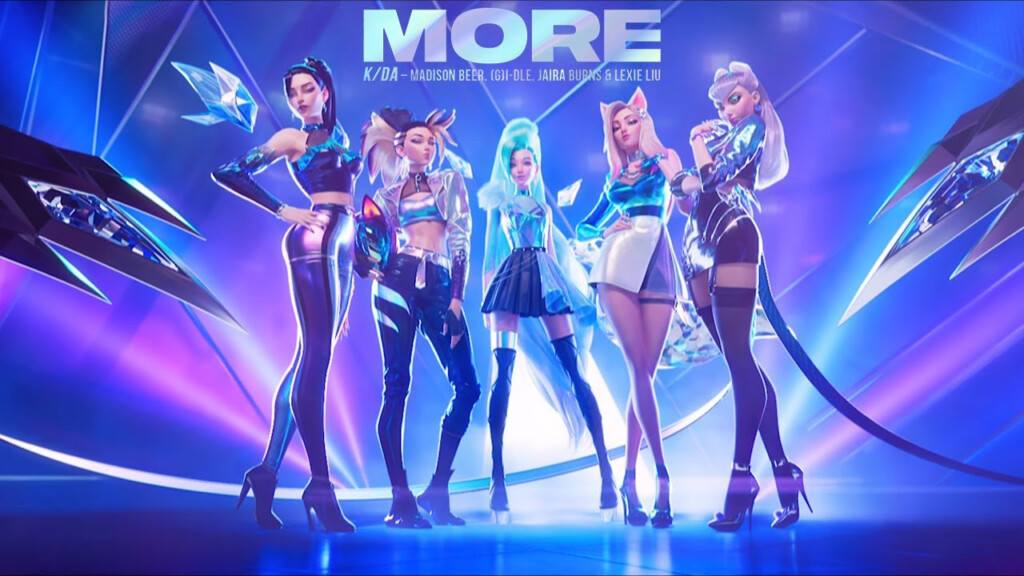
Additionally, German visual artist Timo Helgert accused SM of using his ideas in the Black Mamba MV without permission. Some also pointed out that aespa’s stage design on Inkigayo closely resembled the works of Blake Kathryn, a well-known digital artist famous for her neon hues and 3D aesthetics. While SM has never officially admitted to these allegations, the controversy has never fully died down.
aespa vs. LOONA: Who Came First?
Discussions on Reddit’s r/kpopthoughts have sparked heated debates. While aespa’s fictional universe is a key part of their identity, the idea of a connected lore in K-pop isn’t new. Prior to aespa, LOONA – a girl group under Blockberry Creative – had already developed LOONAVERSE, a fantasy world that links their MVs and individual member stories.
After aespa’s debut, some LOONA fans (Orbits) claimed that SM had “borrowed” from LOONAVERSE to create Kwangya and the SMCU. Comparisons between the two groups flooded Twitter around 2020-2021 as aespa’s storyline expanded. While there’s no concrete proof that SM directly took inspiration from LOONA, the similarities in their worldbuilding have kept the debate alive.
aespa vs. The Matrix: When K-pop Meets Sci-Fi
According to W Magazine and other sources, aside from being compared to LOONA, aespa’s concept has also drawn parallels to classic sci-fi works like The Matrix. The world aespa portrays—where real and virtual beings coexist while battling an evil force—shares notable similarities with the film’s themes.
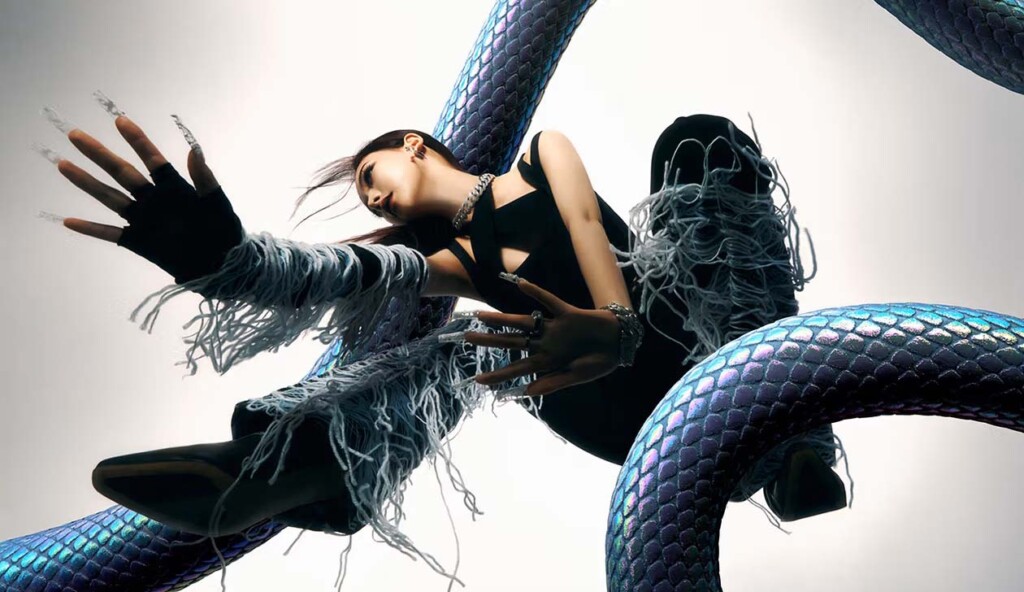
Furthermore, elements of AI, virtual reality, and the metaverse in aespa’s concept also evoke comparisons to video games like Cyberpunk 2077 and Horizon Zero Dawn. This has led to a debate: Is aespa truly innovative, or are they merely remixing popular themes from mainstream media into their own formula?
aespa: Leading the Industry or Just Riding the Trend?
Despite the controversies, aespa has achieved remarkable success within a few years: becoming Givenchy ambassadors, performing at Coachella, and appearing on Billboard 2025. These milestones prove the group’s undeniable influence.
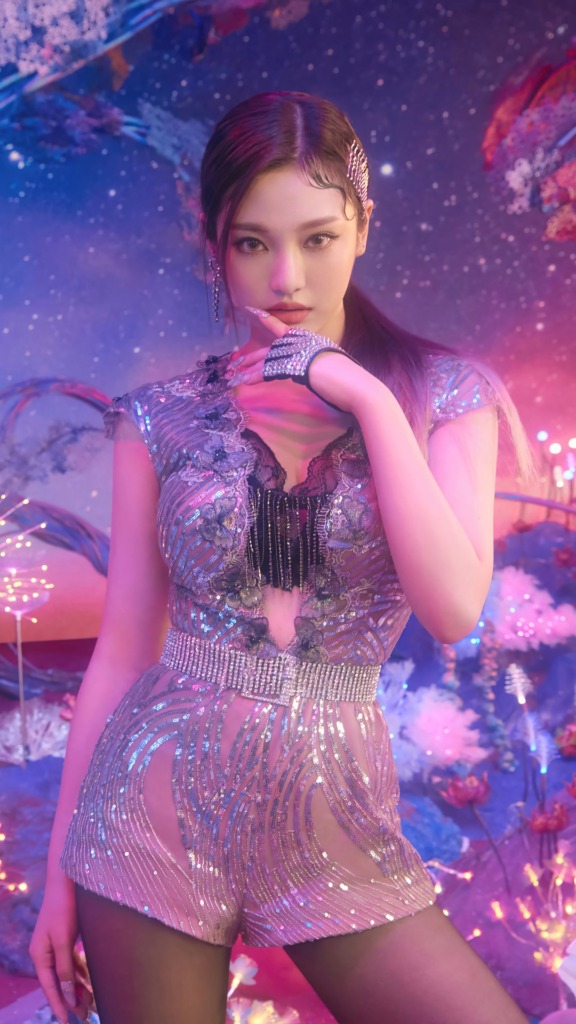
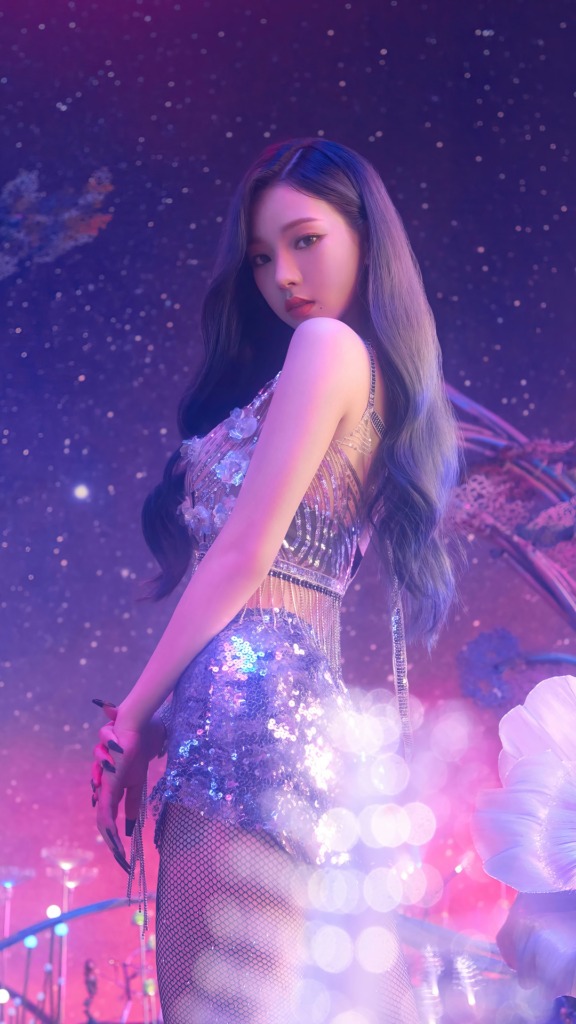
However, amidst the endless discussions, the real question remains: Is aespa a groundbreaking group, or are they simply capitalizing on existing trends and repackaging them as their own? Only time will tell how the group evolves and whether they can truly carve out a legacy beyond the noise.